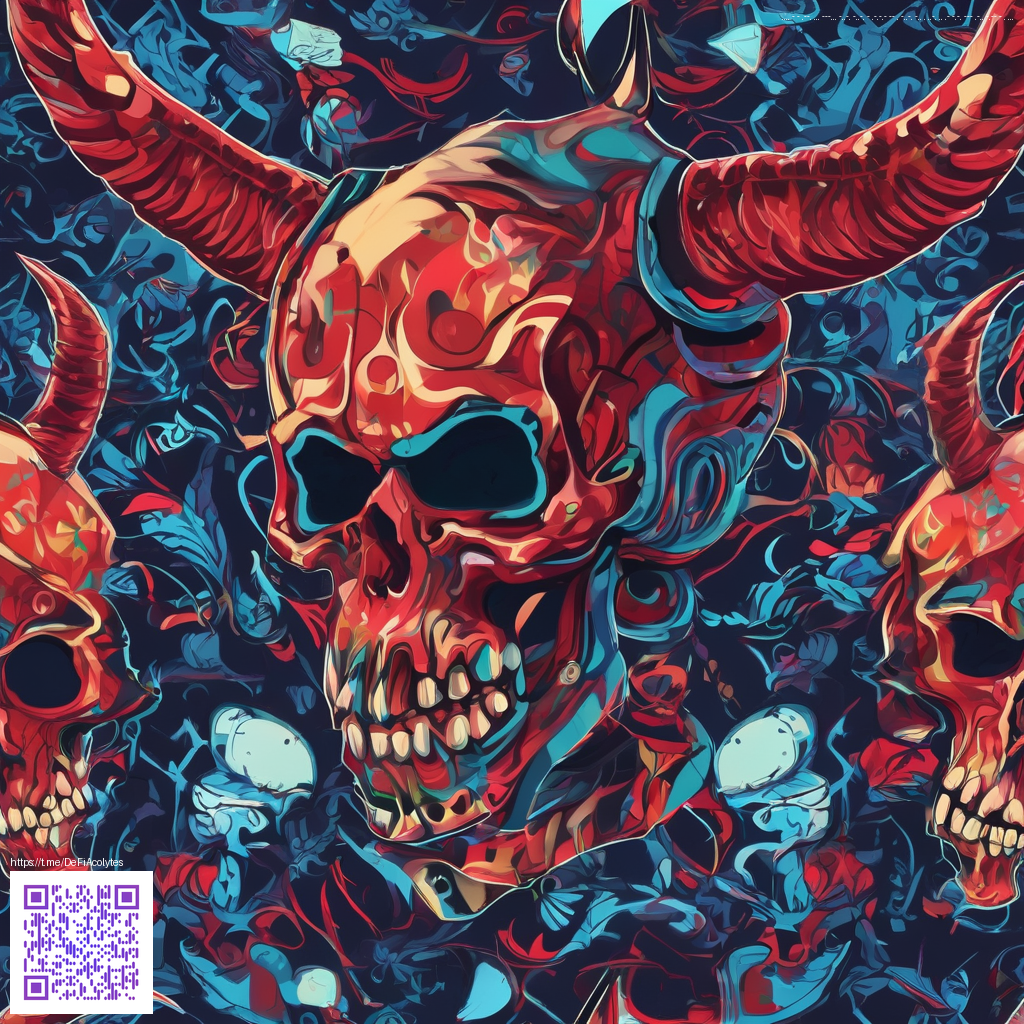
Digital Paper for Wedding Invitation Templates: Elevating Moments with Texture
In the world of wedding stationery, the texture behind your words matters almost as much as the typography itself. Digital paper—carefully crafted backgrounds that repeat seamlessly, layer gracefully with type, and print with depth—offers a quiet elegance that sets the tone for the entire suite. When you combine the right pattern with thoughtful color theory, your invitations become tactile experiences, inviting guests to a celebration even before they read a single line.
What makes digital paper sing for wedding suites
Digital papers aren’t just pretty backdrops; they are design instruments. A well-chosen texture can add warmth, sophistication, or a contemporary edge depending on the motif. For instance, subtle geometric dots or delicate hand-drawn textures can:
- Enhance readability by providing a gentle contrast behind text blocks
- Establish a cohesive color narrative across invitation, RSVP, and details cards
- Convey mood—romantic, modern, vintage, or minimalist—without overpowering typography
- Offer versatility when printed or displayed digitally, preserving nuance in both formats
“Texture isn’t decoration; it’s a pathway to emotion. The right digital paper invites the reader to linger and imagine the celebration ahead.”
From screen to print: mastering color, resolution, and layout
Designers often forget that what looks great on a screen must translate faithfully to print. Here are a few practical guidelines to keep digital papers print-ready and visually balanced:
- Choose high-resolution textures (at least 300 DPI for print) to avoid pixellation in the final card stock
- Prefer tileable, seamless patterns for larger invitation panels to maintain continuity across pages
- Test color accuracy across devices and printers; calibrate your monitor to reflect the palette you intend to print
- Pair busy textures with clean typography and generous white space to preserve legibility
- Consider foil accents or embossed effects in offline proofs to accentuate the digital texture
Design workflow: integrating digital paper into a wedding invitation suite
A practical workflow keeps the process smooth from concept to delivery. Start with a mood board that crystallizes your color story and the level of texture you want. Then:
- Test multiple digital papers against your chosen fonts—look for contrast in letterforms and readability
- Create mockups that include RSVP cards, details cards, and envelopes to ensure a unified look
- Export in print- and web-friendly formats (PDF for print; optimized JPEG/PNG for digital previews)
- Prepare a simple licensing plan if you’re using patterns from different sources, ensuring eligibility for both print and digital distribution
- Solicit feedback from a few trusted clients or colleagues to refine balance and composition
Inspiration can come from many sources, including patterns you might encounter in unrelated product pages. For example, a blue abstract dot motif shown on a product page demonstrates how small-scale patterns can influence broader invitation motifs—while the product itself isn’t about stationery, the colorway and dot cadence can spark a fresh direction for your paper textures. You can explore broader example contexts here: https://peridot-images.zero-static.xyz/43945820.html.
Texture, tone, and typography: a balanced trio
Digital paper should harmonize with typography rather than compete with it. When selecting textures, look for patterns that respect the personality of your type. For elegant weddings, go for understated textures with low contrast and warm neutrals. For contemporary celebrations, explore geometric or painterly textures with cooler tones. Remember to reserve the most intricate textures for accents and layering, keeping body text crisp and legible.
As you curate textures, consider how your invitation cards will be photographed and scanned by guests who may view them on screens of varying brightness. Subtle shifts in texture density can appear dramatically different under daylight, artificial lighting, or digital previews. The art of digital paper lies in creating a flexible foundation that remains beautiful across channels, sizes, and printing techniques.
For designers who want a tangible reference point, a curated collection like the one linked above can offer cross-pollination ideas—bringing together color theory, pattern scale, and print considerations in a single creative flow.